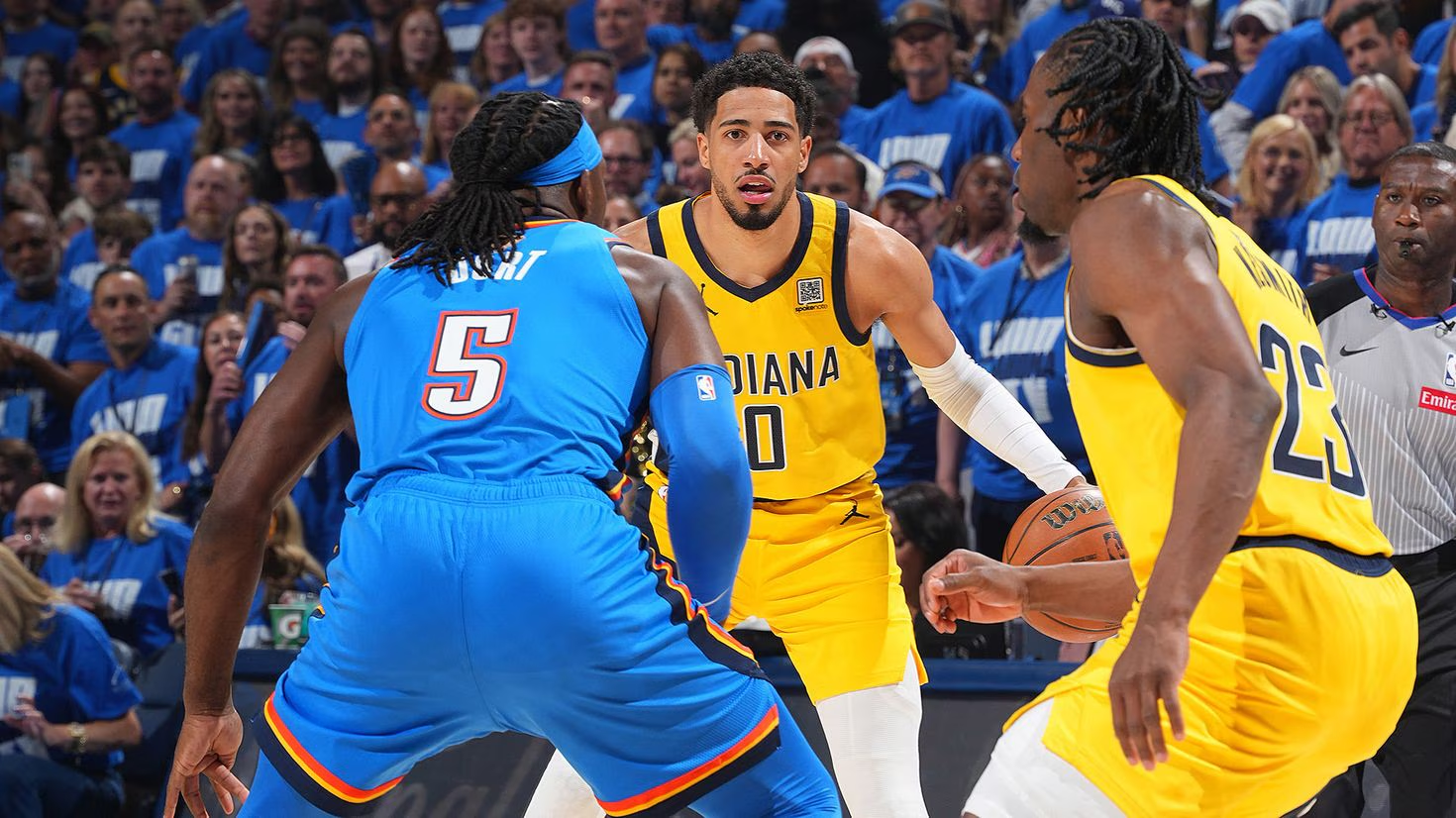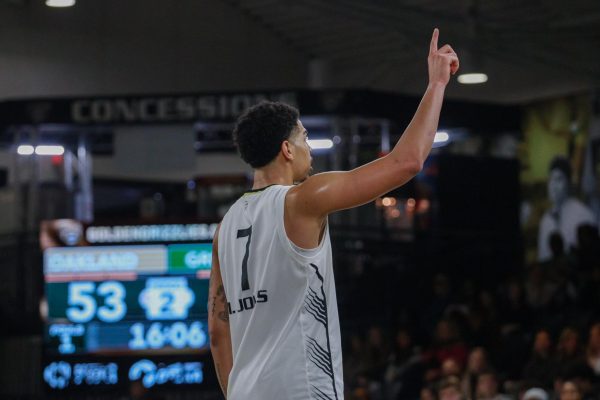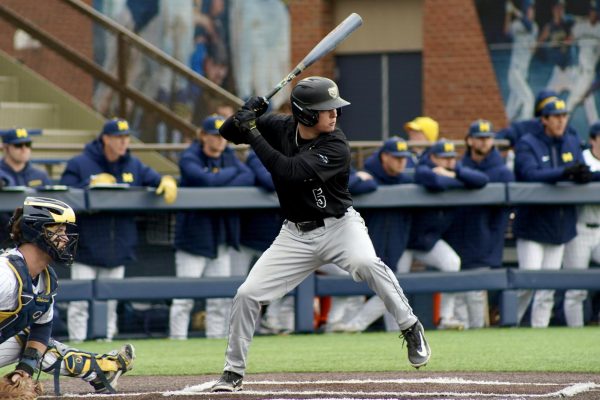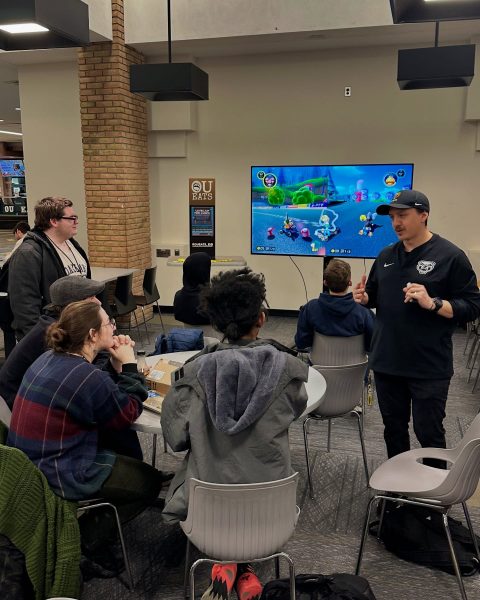NCAA rules committee officially proposes changes
The NCAA Men’s Basketball Rules Committee met in Indianapolis May 12-15 to propose changes to improve the future of men’s college basketball.
After recent seasons have produced all-time lows in possessions and points per game, the sport has received much criticism, prompting those in charge to make changes that will possibly improve the game.
The meeting concluded on the afternoon of May 15 and the following notable changes were proposed.
All proposed rules will be reviewed by the Playing Rights Oversight Panel on June 8 before they become effective.
Timeouts
In an effort to control the amount of stops that occur in a game, the committee proposed five new rules related to timeouts.
The first is reducing the number of timeouts per game from five to four and only allowing three to be carried over to the second half.
The second is a stricter enforcement of the amount of time taken to resume play after a timeout as well as after a player fouls out.
The third is counting team timeouts that are called within 30 seconds of a media timeout as a media timeout. The exception to this rule will be the first team timeout in the second half. Media timeouts occur every four minutes.
Not allowing coaches to call timeouts when the ball is live and not resetting the 10-second back court clock when a timeout is called rounded out the potential new rules concerning timeouts.
Reducing physicality
Three rules to attempt to reduce the amount of collisions that occur per game were proposed.
The first is a stricter following of defensive rules. This includes reaching and charge calls.
The second is giving offensive players the same protection of verticality as defensive players. This prevents a defender from going “under” a player while they are shooting a jump shot.
The third is expanding the restricted area from three to four feet. Charges that occur in this area are automatically called blocking fouls. The theory is that expanding the area will decrease the number of charges that are attempted in that area during the game.
Shot clock
The last proposed change is shortening the shot clock from 35 seconds to 30 seconds.
The reduction of five seconds will increase possessions per game which will also increases tempo, or pace of play.
Teams will have less time to sit in a half-court set without executing and fouling to stop the clock in close games will occur later in the game.
Although more possessions won’t necessarily increase the amount of points scored, it will provide more opportunity for baskets.
Other changes
Other proposed changes include reducing the number of free throws following a technical foul for hanging on the rim after a dunk to one, eliminating the five second call when an offensive player is being closely guarded and allowing players to dunk in warm ups.
The committee also approved experimentation of allowing players six fouls instead of five for the 2016 season.






